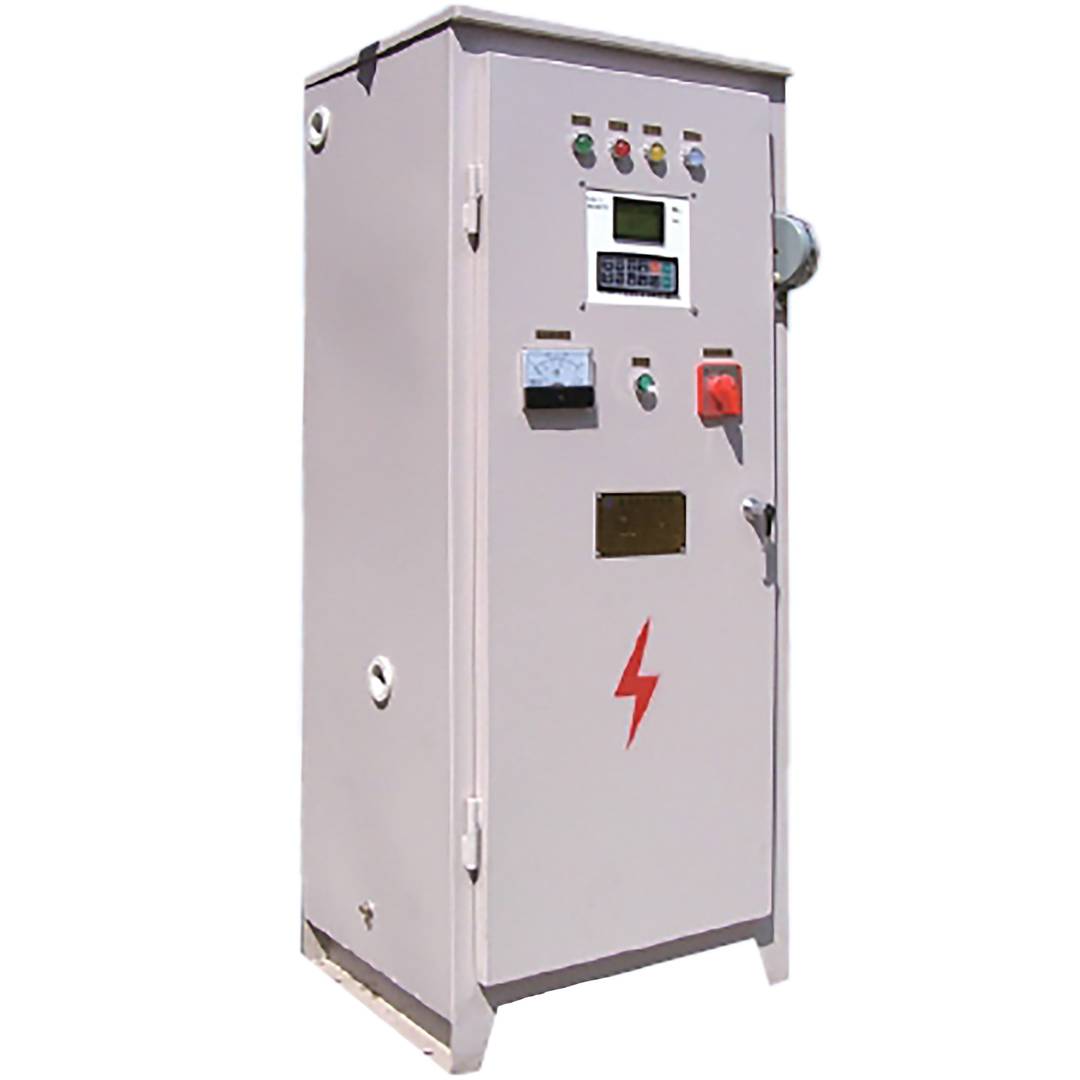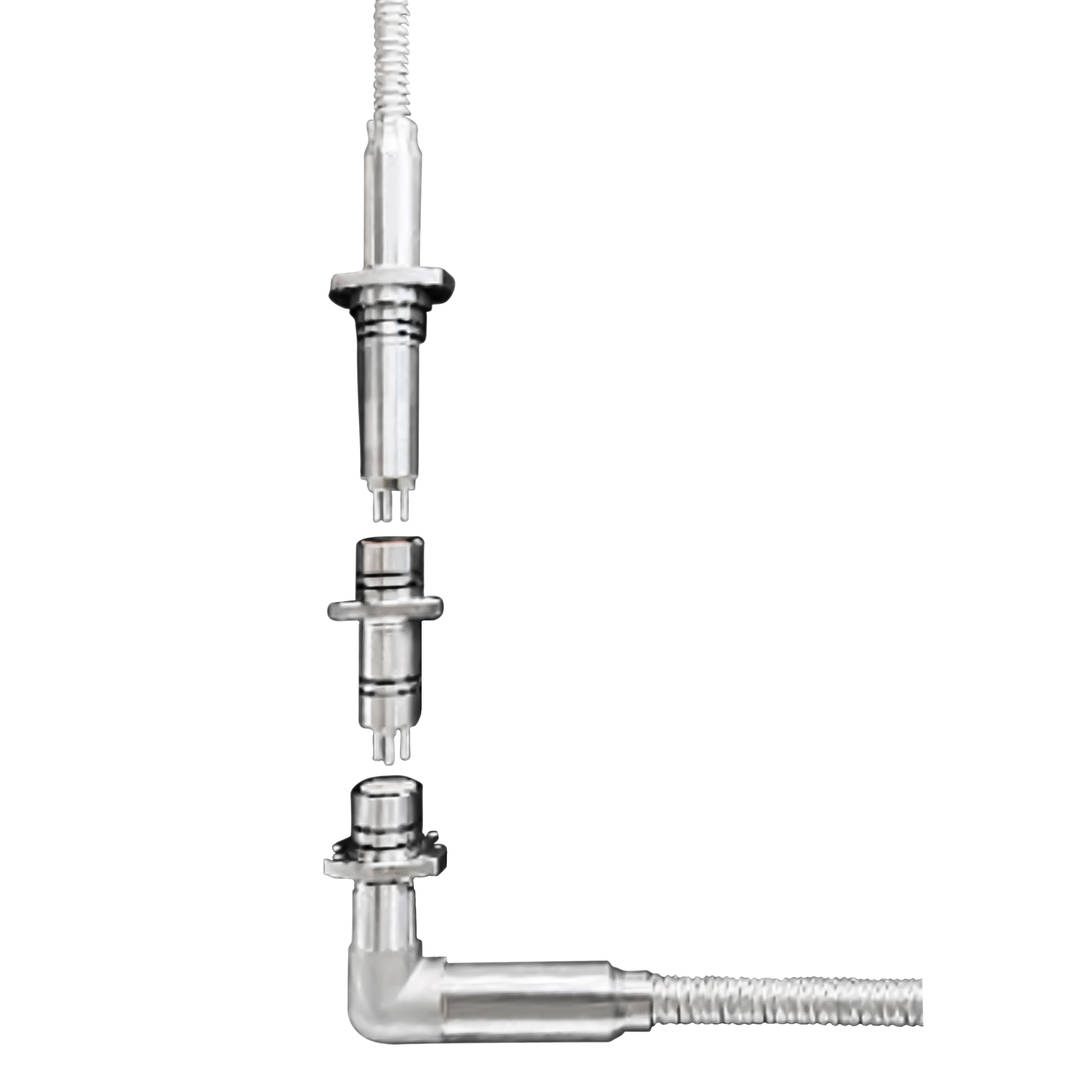Recently, the macro – market sentiment has improved to some extent due to the substantial progress in the China – US high – level economic and trade talks and the planned trade negotiations between some countries and the United States. However, the impact of tariff issues on the economic level cannot be underestimated. In the first quarter of 2025, the US GDP contracted by 0.3% on an annualized quarterly basis, the worst performance in three years.
In addition, in April, the US manufacturing PMI showed a weakening trend month – on – month. According to the latest forecast of the IMF, the global economic growth rate in 2025 is expected to be 2.8%, down from the previous forecast of 3.3%. The economic growth rates of the United States and the eurozone have both been revised down, with the US economic growth rate being revised down by as much as 0.9 percentage points.
On the supply side, OPEC+ has been accelerating production increases. In April, OPEC+ increased production by 138,000 barrels per day as planned, and since May, it has started to accelerate production increases, with a planned increase of 411,000 barrels per day in both May and June, and it is expected to maintain this increase in July. Moreover, Saudi Arabia has stated that it is reluctant to further cut supply to support the oil market and deal with low oil prices, indicating a divergence within OPEC+ on production policies.
The Russia – Ukraine negotiation is at a stalemate. Since President Trump took office, he has actively promoted the peace negotiation process of the Russia – Ukraine conflict, but recently, the negotiation has stalled, and there are significant differences in the positions of the two sides. The future progress of the negotiation depends on the development of the battlefield situation, the support of the West for Ukraine, and Russia’s own strategic adjustment.
The United States has continuously increased sanctions on Iran. President Trump has stated that he will implement “maximum pressure” on Iran, aiming to reduce Iran’s crude oil exports to less than 10% of the current level. Currently, Iran’s crude oil production is about 3.3 million barrels per day, with an export volume of 1.5 – 1.6 million barrels per day.
On the demand side, tariffs still have a negative impact on crude oil consumption. After the United States announced a comprehensive tariff policy, many institutions have downgraded their forecasts for global crude oil demand growth in the next two years. The International Energy Agency (IEA) reported on May 15 that global supply is expected to significantly exceed demand growth in 2025, and crude oil inventories will increase by about 720,000 barrels per day.















